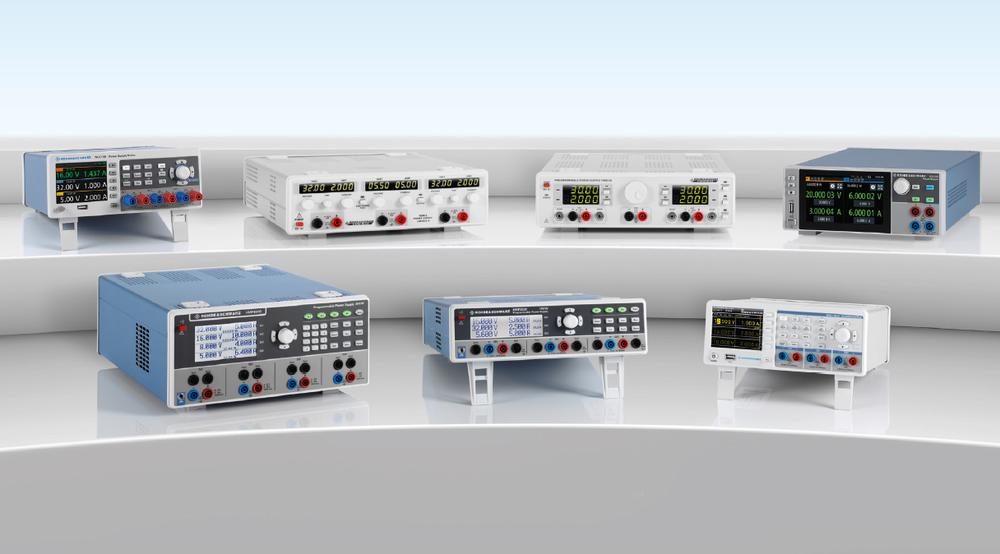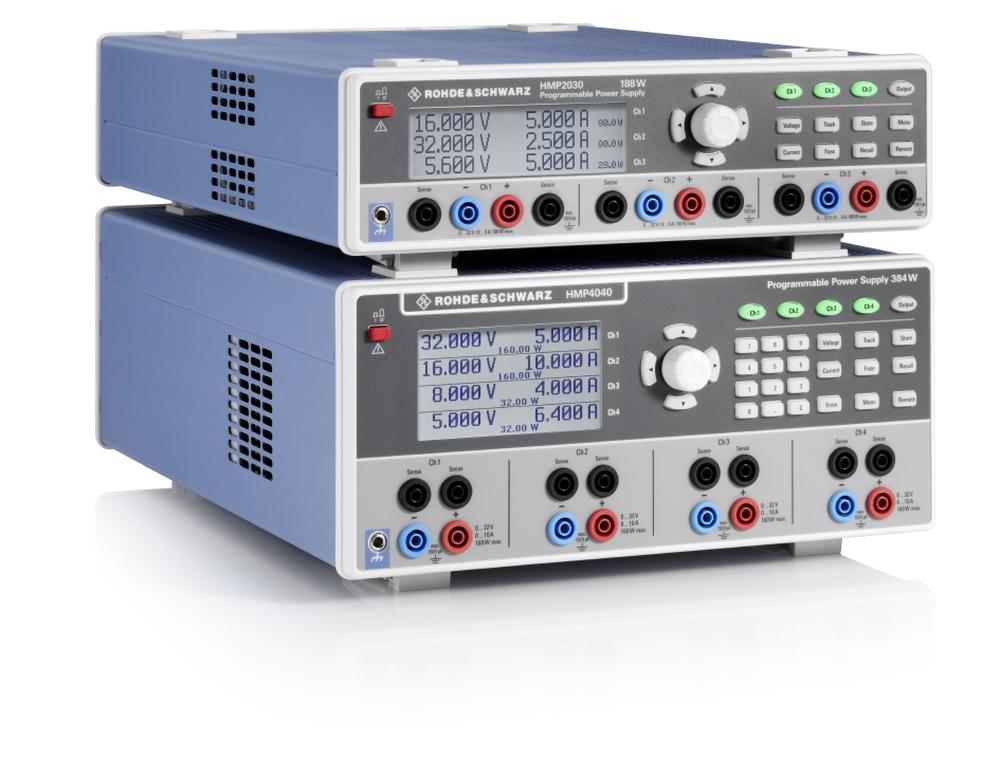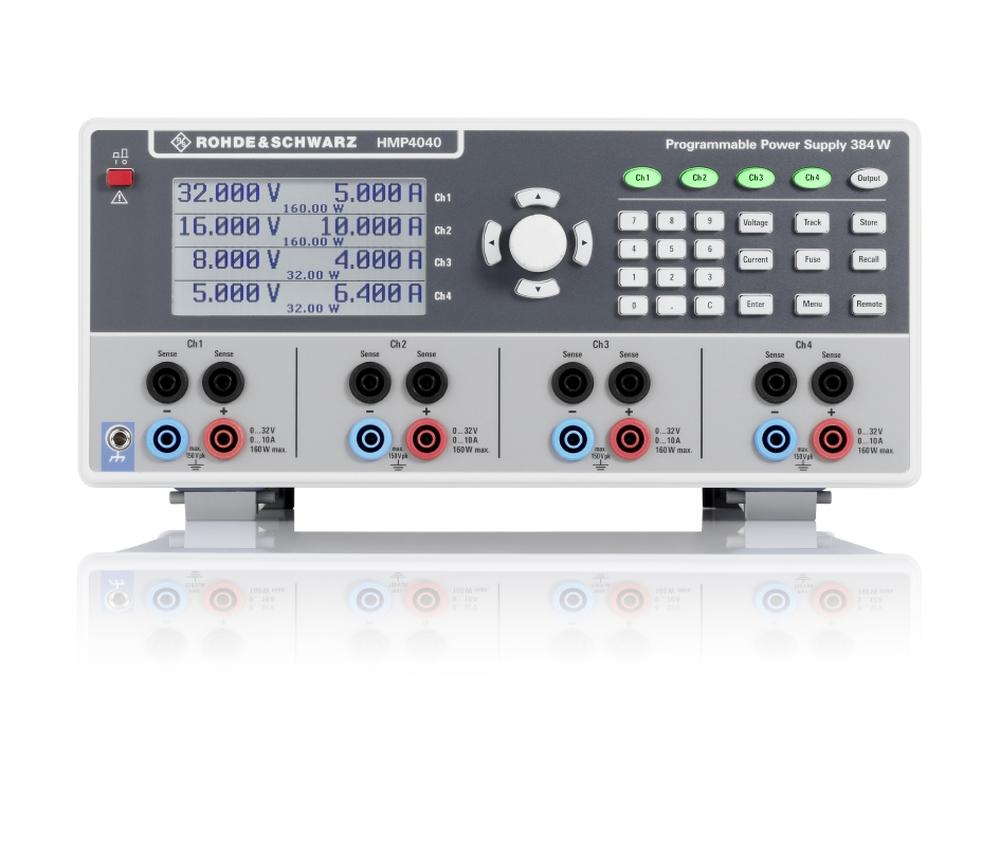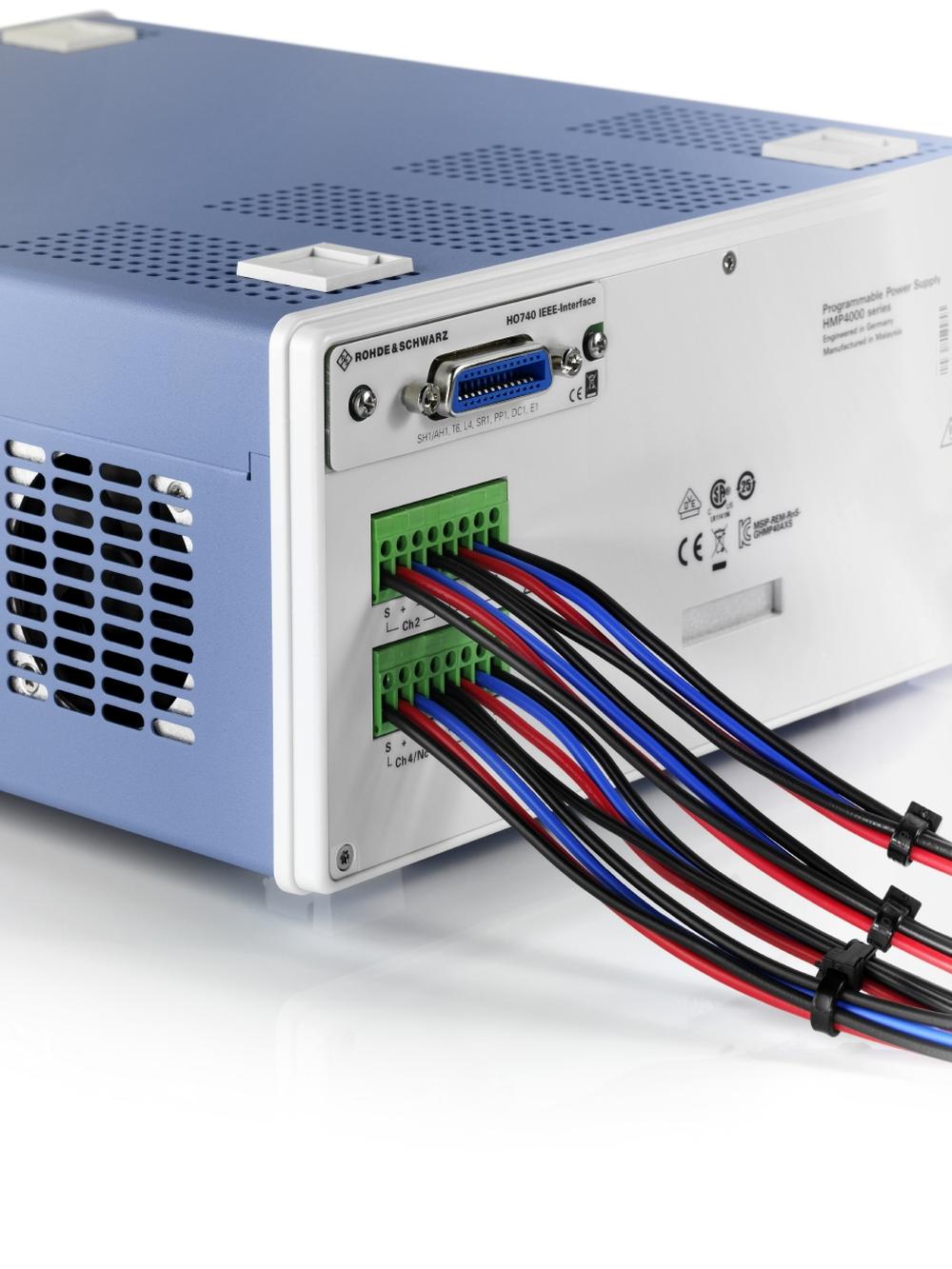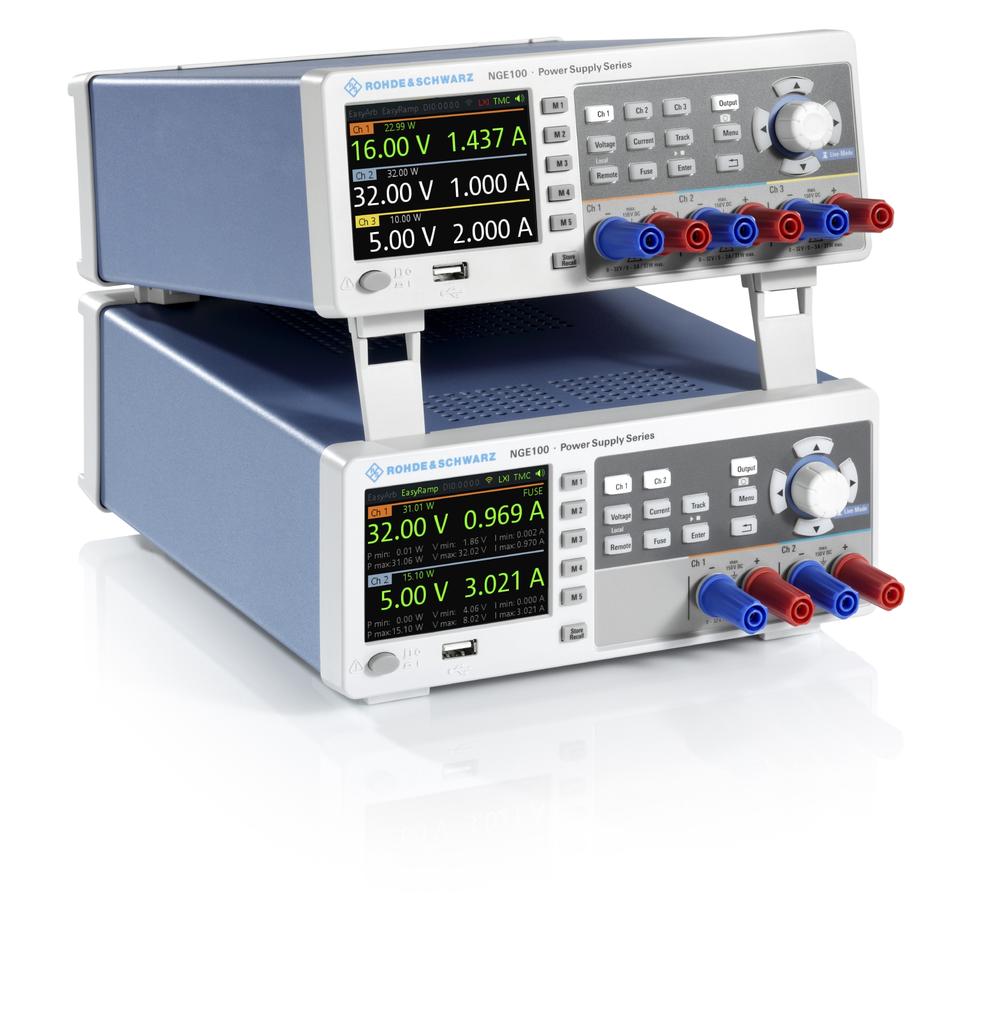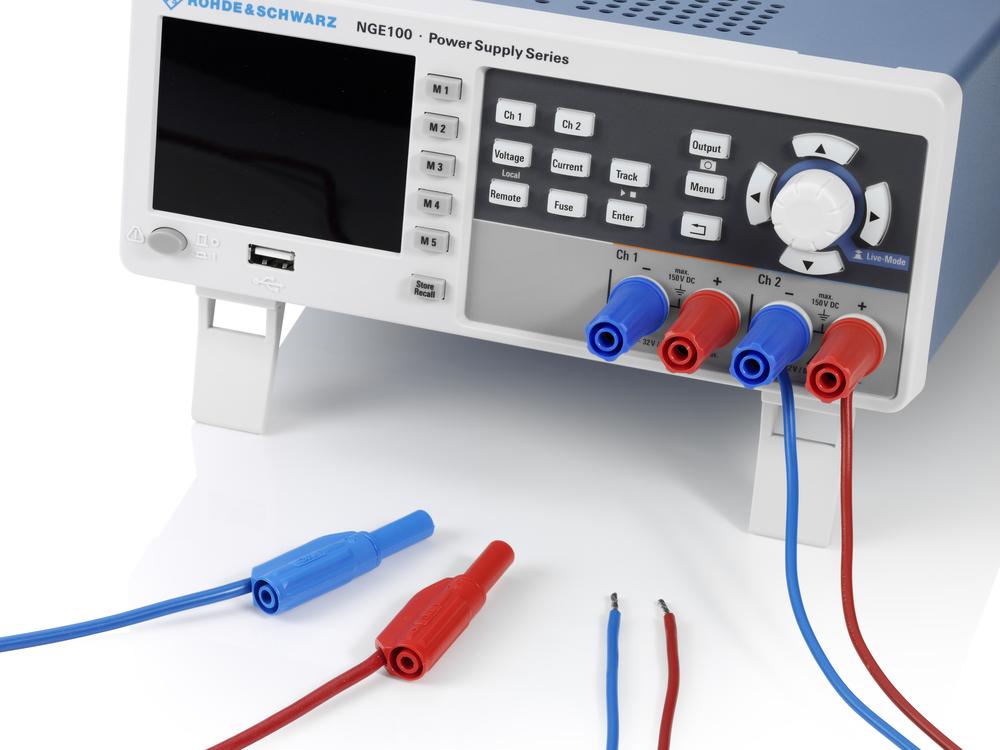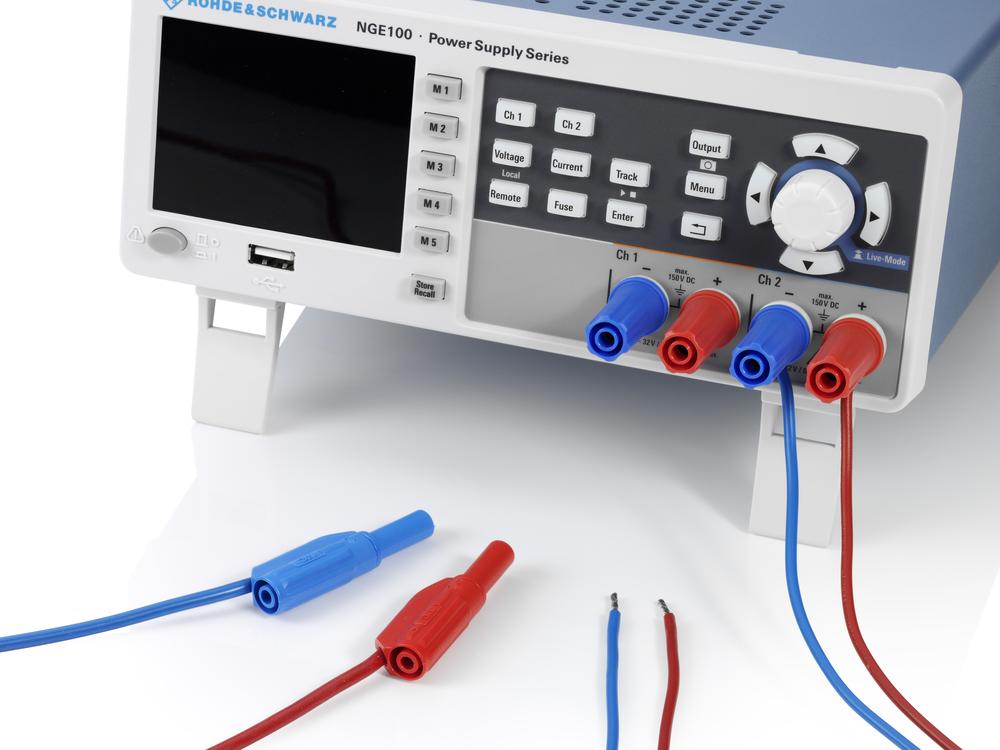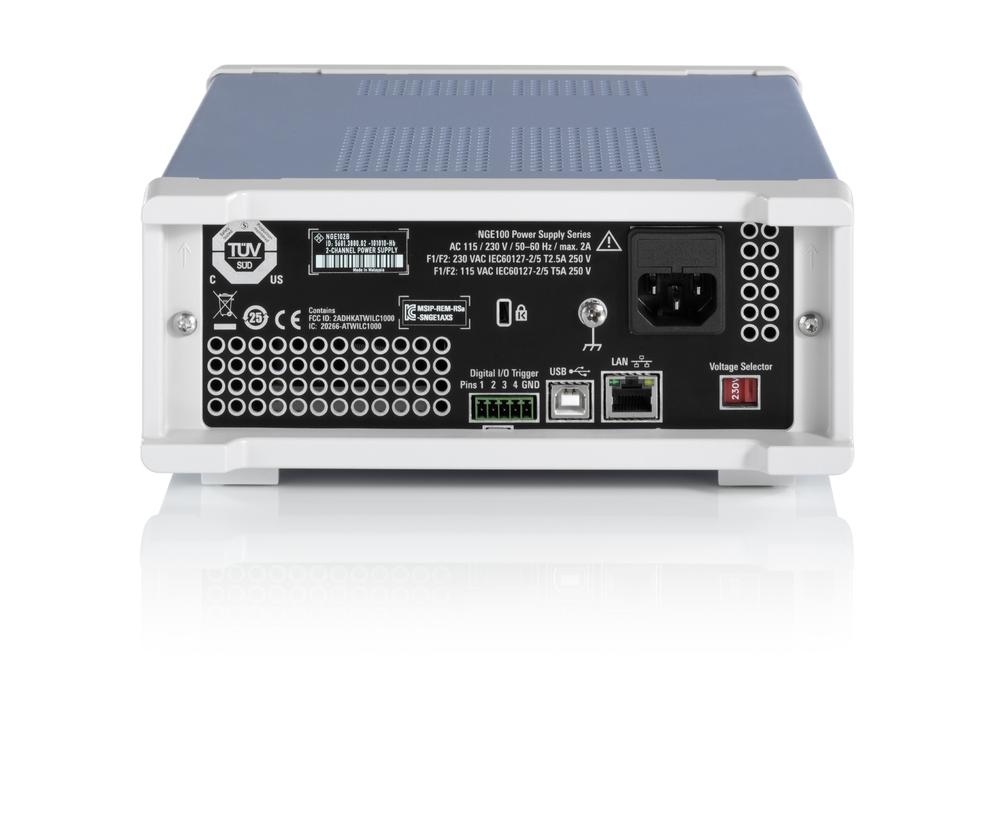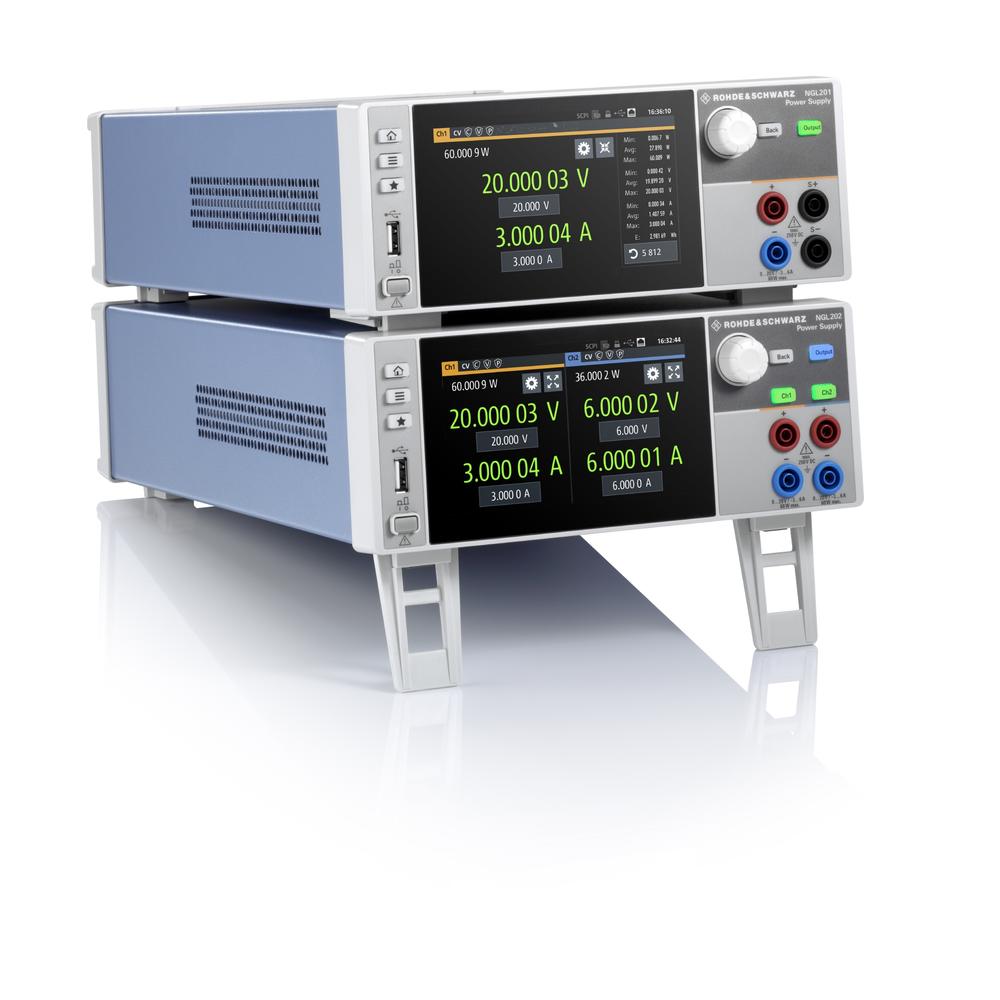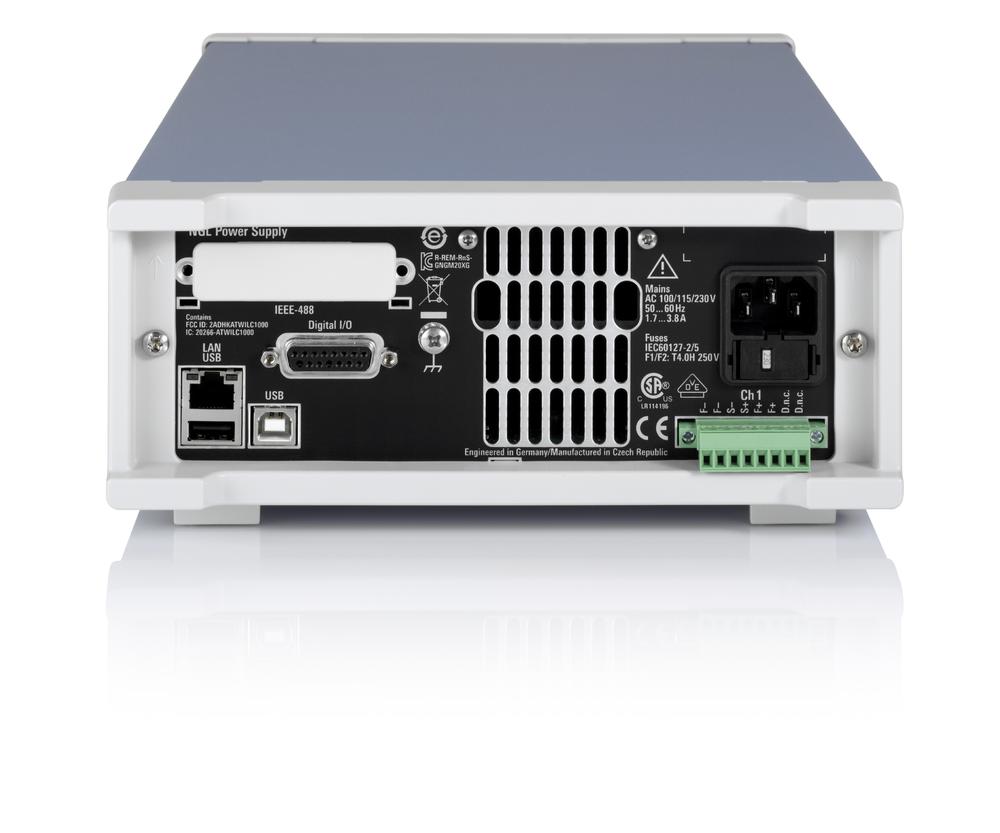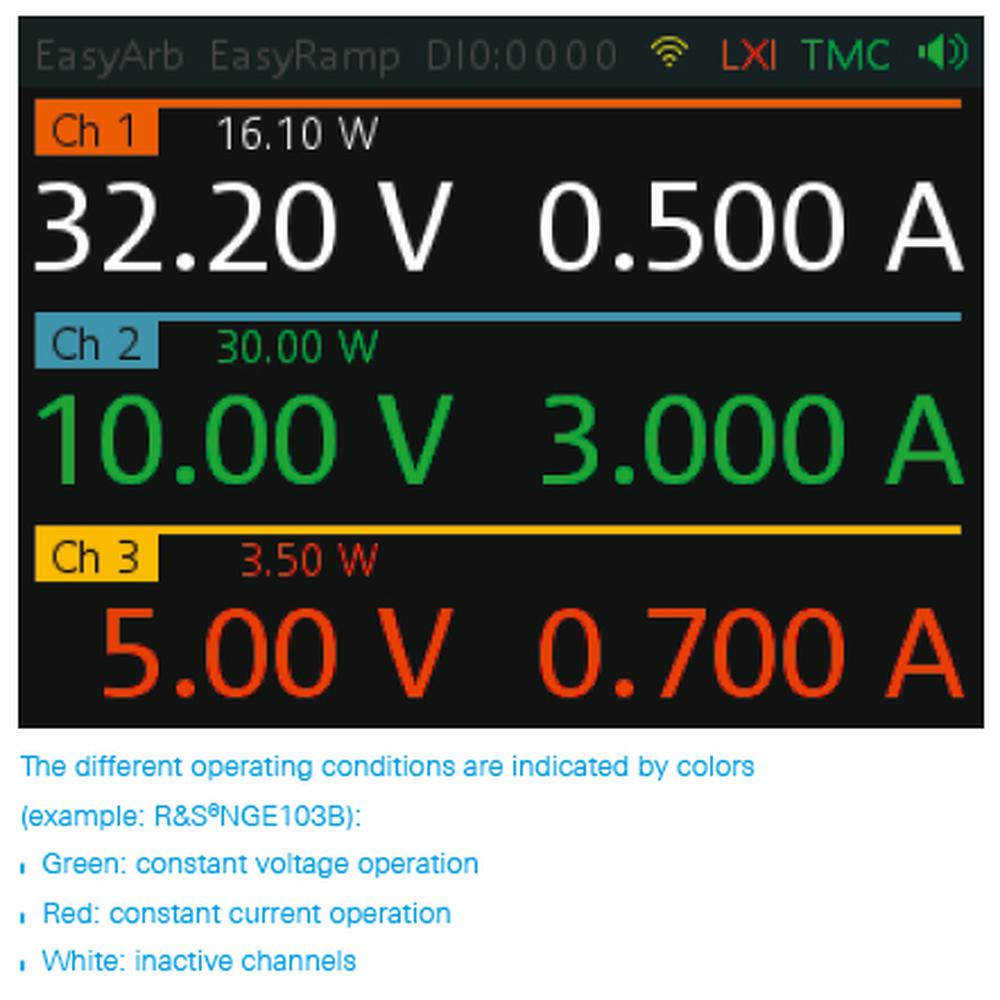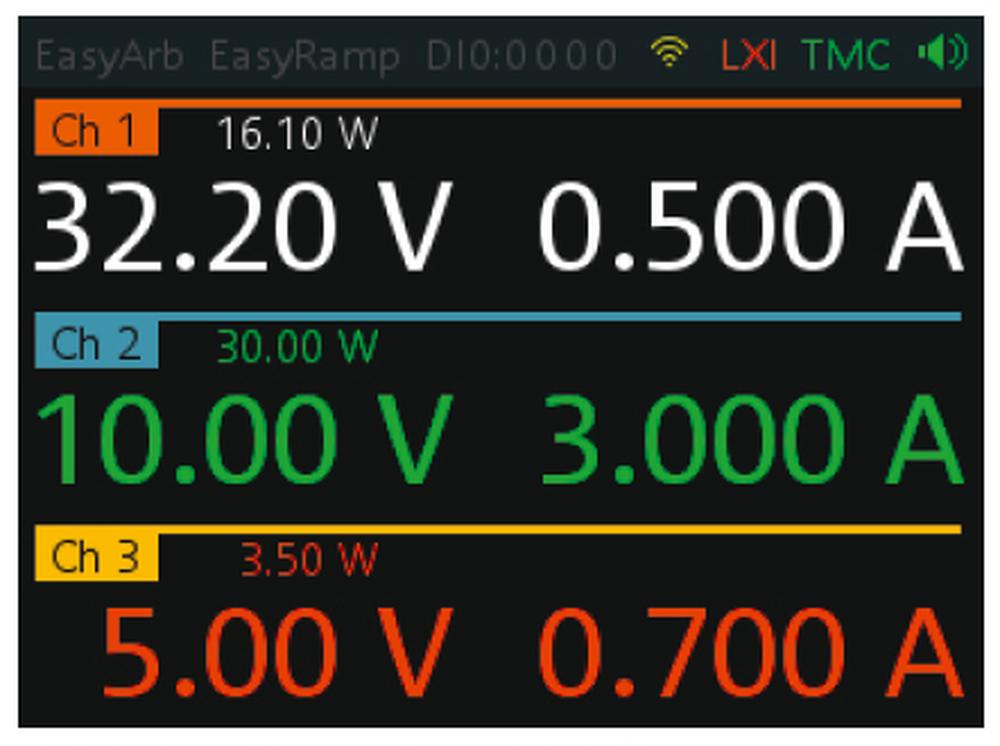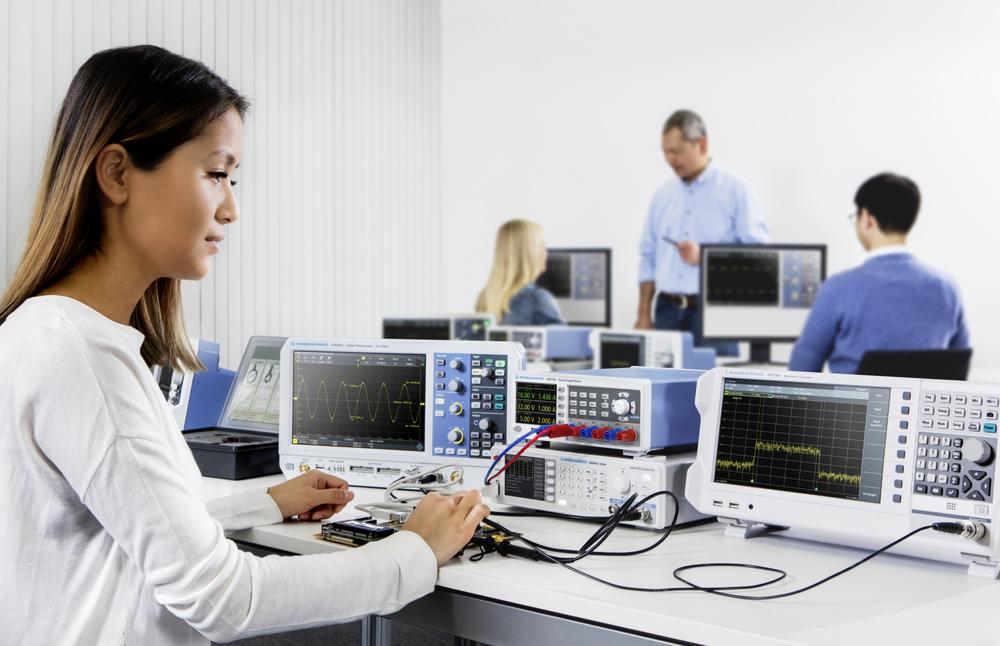Did you also think that a laboratory power supply is a relatively simple power source working as a constant voltage source with an adjustable current limit? No wonder, such simple power supplies belong to the cheapest and most widespread ones and they are often sufficient, but not always…
But what if we need a current limitation but not for short peaks? Or limit the maximum power of the power supply to simulate the real power supply that you plan to use in the final application? Another example could be testing the analog circuits with symmetric power - in these cases, it is certainly preferable to change the output voltage by a single control element in both - the positive and negative channels at once. And if the current fuse reacts in one branch, the other channel needs to turn off automatically as well.
Modern power supplies offer considerably greater possibilities, simplify the development and greatly protect the tested equipment from destruction in case of a failure.
Let's take a look at the most useful functions and features of Rohde and Schwarz power supplies:
- Parallel and serial operation, galvanically isolated (floating) channels - All channels can be considered as separate (mutually isolated) channels. This allows you to connect the channels in series obtaining a high output voltage, or to connect them in parallel to gain higher output current.
- The same voltage range for every channel – It does not matter whether you buy 2, 3 or 4 channel unit. In all cases, the channels have identical voltage range.
- CC (constant current) and CV (constant voltage) mode – A typical function of every good power supply. The power supply keeps the stable voltage up to the current set by the user. From that point the power supply limits max. output current to the set level.
- Tracking – Enables you to change the voltage on all channels in parallel (by one setting element). Especially useful to supply and test bipolar circuits, for example, amplifiers, etc.
- Rear connectors – Several power supplies also have rear connectors containing all output channels and sometimes even more (sense lines). Rear connectors are useful for mounting into a rack or automated test workplace.
- Sense – Ensuring a precise voltage level at the load, compensating a voltage drop at connection cables. Sense pins are placed on the front or the rear panel, enabling to connect sense conductors directly to the load.
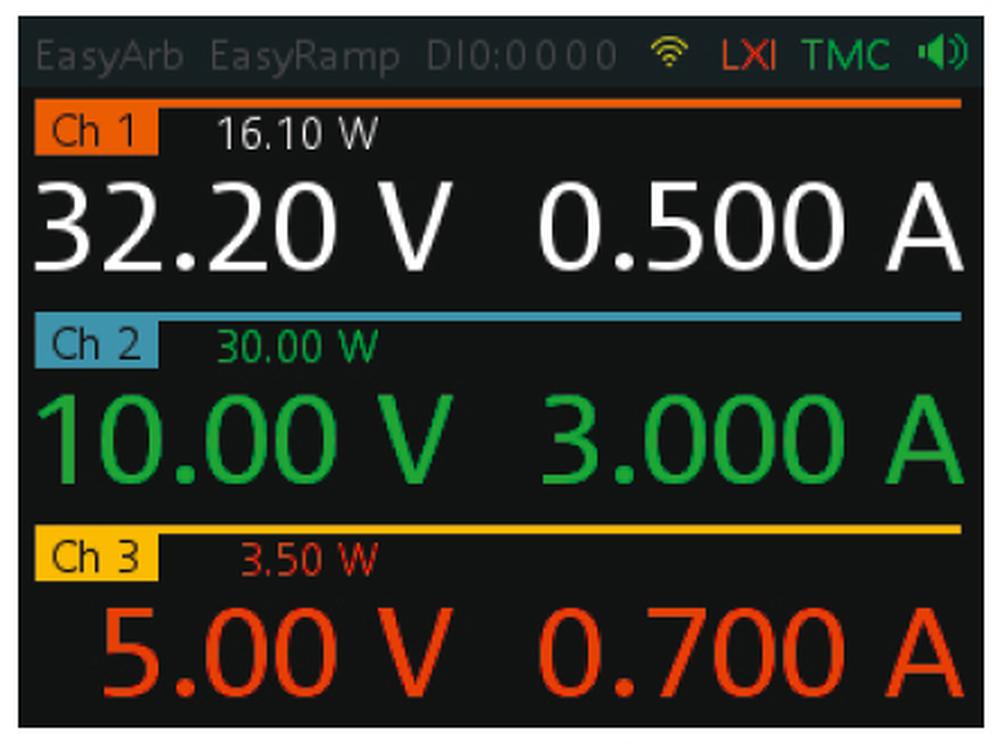
- Colour coding of operating states – In case of instruments having colour TFT display, the different operating conditions are indicated by colours.
For example the power supply R&S®NGE103B:
Green: constant voltage operation
Red: constant current operation
White: inactive channels
- OVP, OCP, OPP (Overvoltage-, Overcurrent- and Overpower protection) - Electronic fuses simulating real fuse. The extremely good feature allowing you to set voltage, current, and power limit. Exceeding any of these parameters results in the channel being switched off. These electronic fuses are user-adjustable separately for each channel.
- Fuse delay - Fuse (OVP, OCP, OPP) reacts after a user-defined time. Very useful to compensate for a capacitor inrush or other „switch on“ currents. The power supply tolerates these spikes for a user-defined time before the fuse acts.
- Fuse Link – You can link fuses to act for selected channels together. For example, two channels linked together and the third channel left unlinked to supply a cooling fan of the tested device.
- OTP - All instruments also have Overtemperature Protection
- Source and sink (Two-quadrant operation) – Or in other words, a power supply is also able to act as an electronic load.
- Battery simulation - Some top-class instruments are capable of battery simulation. The battery parameters can be stored in the device memory and the instrument then acts as a real battery (for example Li-ion), including recharging simulation.
- Programmable V and I sequence – Another great feature to test the device thoroughly, simulating real-life situations when voltage drops or spikes can occur.
- Data logging (acquisition up to 500 ksample/sec) – If you’re interested in having measured and stored V/A characteristic during a longer period or vice versa – during a short start-up of your device, then data logging is the solution.
- Connectivity - LAN, USB, RS-232, IEEE-488 (GPIB), WiFi? Many of Rohde & Schwarz’s power supplies are equipped with one of these interfaces as a standard feature or at least they are available as an option.
Rohde & Schwarz power supply categories:
- Basic - Although we call this category "basic", these power supplies have excellent parameters and several advanced features. They are designed for the best price/performance ratio.
NGE102B, 103B (2/3 channels)
HMC8041, 8042, 8043 (1/2/3 channels) - Performance - Here we find truly advanced power supplies with excellent specifications (ripple, stability, response speed,…) and many extra features.
HMP2020, 2030 (2/3 channels)
HMP4030, 4040 (3/4 channels) - Specialty - Top-class power supplies with unique features. High-end class.
NGL201,202 (1/2 channels)
NGM201 / 202 (1/2 channels)
HM8143 (3 channels)
The detailed specification of every type can be found at the product detail after clicking on it.
For a comprehensive overview and comparison of available types, see the R&S power supply flyer.
In case of interest, we’re able to supply you any of the Rohde&Schwarz supply in any optional variant at favourable prices and within a short lead-time. Please, contact us at sales@soselectronic.com












